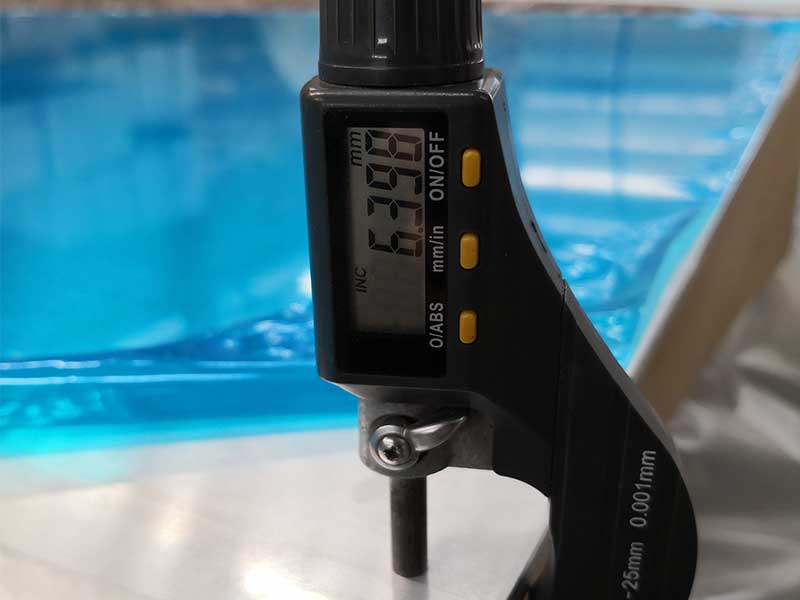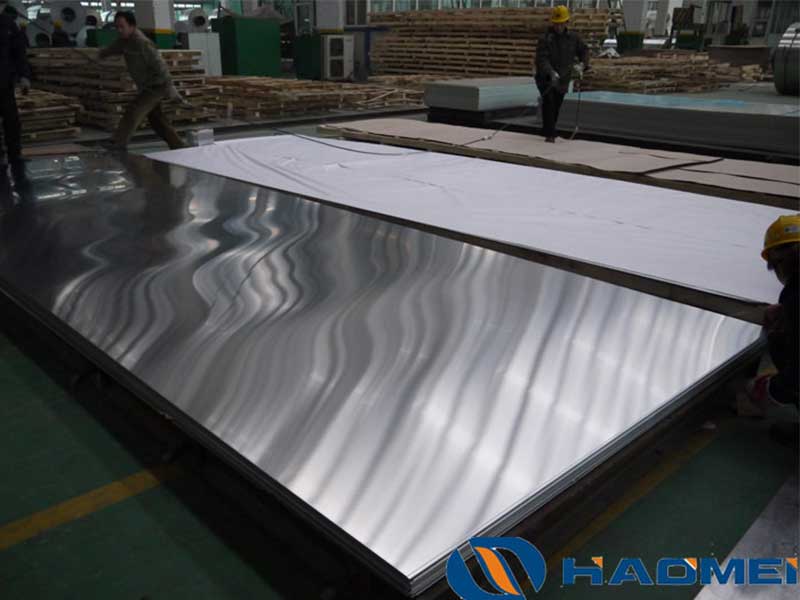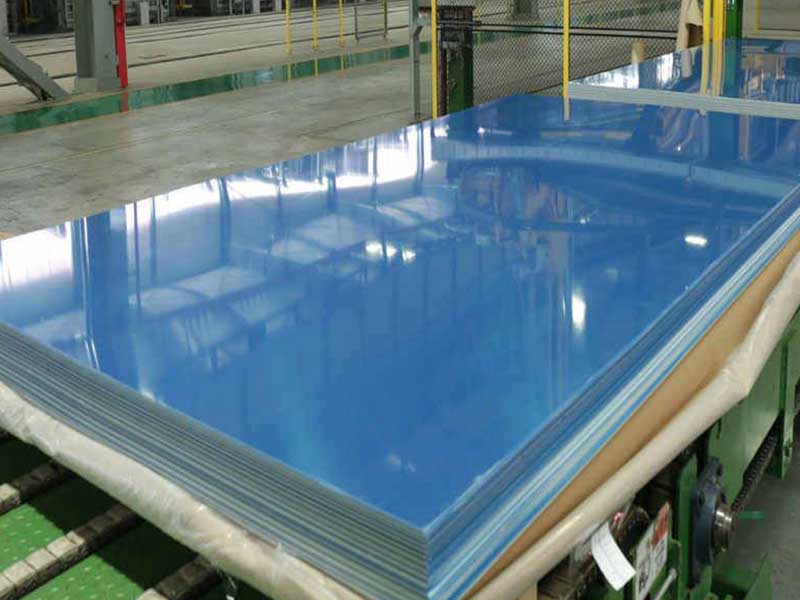White perforated aluminum coil
In the realm of architectural and industrial materials, few products buffer the balance between aesthetics and functional utility as effectively as the white perforated aluminum coil. This versatile material derives its effectiveness from its groundbreaking characteristics juxtaposed with specific technical details, making it a mainstay in various sectors such as construction, transportation, and interior design.
Aluminum Alloy Composition
At its core, the white perforated aluminum coil primarily comprises 3003 and 1100 aluminum alloys. These alloys are favored for their remarkable combination of strength, corrosion resistance, and formability, tailored to ensure optimum longevity and performance in both indoor and outdoor applications. The typical composition ranges:
- 3003 Alloy: Often used due to its superior workability and patina resistance.
- 1100 Alloy: Known for excellent resistance to chemical attack; ideal for an even wider range of applications.
By integrating a white coating, usually employing an environmentally friendly paint like polyester or fluorocarbon, the coil enjoys additional protection from wear and UV aging while simultaneously delivering an attractive finish.
Perforation Patterns and Hole Sizes
The innovation in perforation technology brings a personalized facet with an assortment of patterns available concerning both functionality and aesthetic preferences. Common choices include round, square, or decorative shapes, each imparting unique optical and acoustic properties that amplify an environment's ambiance. Typical hole sizes range from 1mm to 10mm, mirroring client specifications which often cater to specific functional requirements, such as ventilation or acoustic dampening.
Applications: Bridging Practical Functionality and Visual Appeal
Architectural Design
In architectural settings, well-executed forum for using white perforated aluminum coils is in façades. Creatively integrated into libraries, museums, and commercial buildings, they achieve visuals that are striking yet playful, simultaneously camouflaging structural infrastructure while providing dynamic light play throughout differing times of the day. The perforations allow natural light to diffuse, creating intricate shadow patterns not possible with solid materials yet ensuring a distinct contemporary style prevalent in modern aesthetically driven architecture.
Interior Applications
Within commercial/internal builder design, these coils are gaining momentum as decorative panels or ceilings. This application has been crucial for acoustic traffic flexibility on busy settings—the composites aid in audible disruption, making congregational dynamics manageable yet pleasant for a workspace or hospitality establishment navigating high interactions.
Transport Industry
Additionally, the white perforated aluminum coil witnesses compelling availability within the transport industry. Ranging from bus interiors to airplane seats and display compartments, its lightweight nature exacerbates fuel efficiency, whilst commendable corrosive upset paves way for enduring life touchpoints that navigates everyday passenger wear and tear.
Industrial and Construction Uses
While aesthetic formatting takes precedence in some yards, it is oversized stretch-in or shield components. Sometimes designed as shingles for modern roofing designs, white perforated aluminum can also serve precise functions such as ventilator systems. Perforations grant airflow for ventilation while soluble environment considerations integrate measures for reducing unwanted weight, aligning with a world driven to innovate sustainable methodologies.
Technical Parameters to Note
Here are several defining parameters relative to it:
- Strength and Longevity: Exhibiting a weight-to-strength ratio that mirrors strength working up to 43 ksi at minimal warp potential.
- Temper Conditions:
- O Temper: Optimum formability favored in applications requiring significant bending.
- H14/H18 Temper: Suitably balanced mechanical properties for high strength utilization registrations.
- Corrosion Resistance: Offered through various protective qualities aligning with NAAMM Standards affecting surface scalings reinforced to meet environmental conditions pertinent to specific builder’s locales remarkably!
Implementation Standards
The requisite mechanical performance standards follow along these lines of application sovereignty:
- AD 2000 Guidance on industrial guidelines reflecting definitive rigidity envelopes fulfilling industrial design alum product heft legality.
- ASIC Code references for effective implementation tailored towards compliant regional chemistry safeguards within machining-meant dispositions.
https://www.alusheets.com/a/white-perforated-aluminum-coil.html






